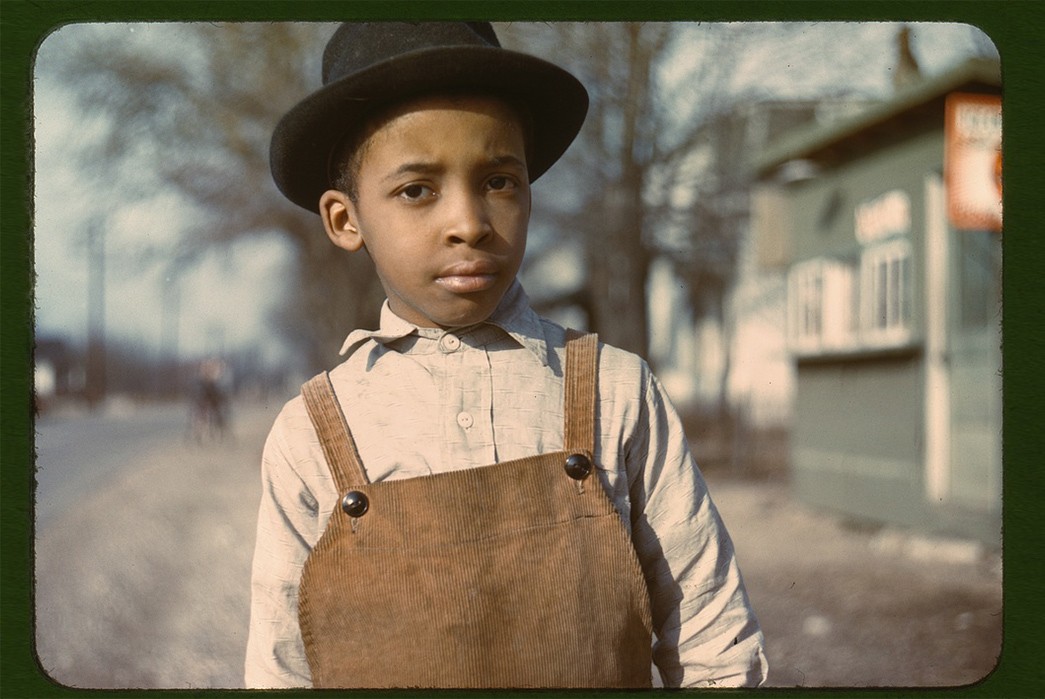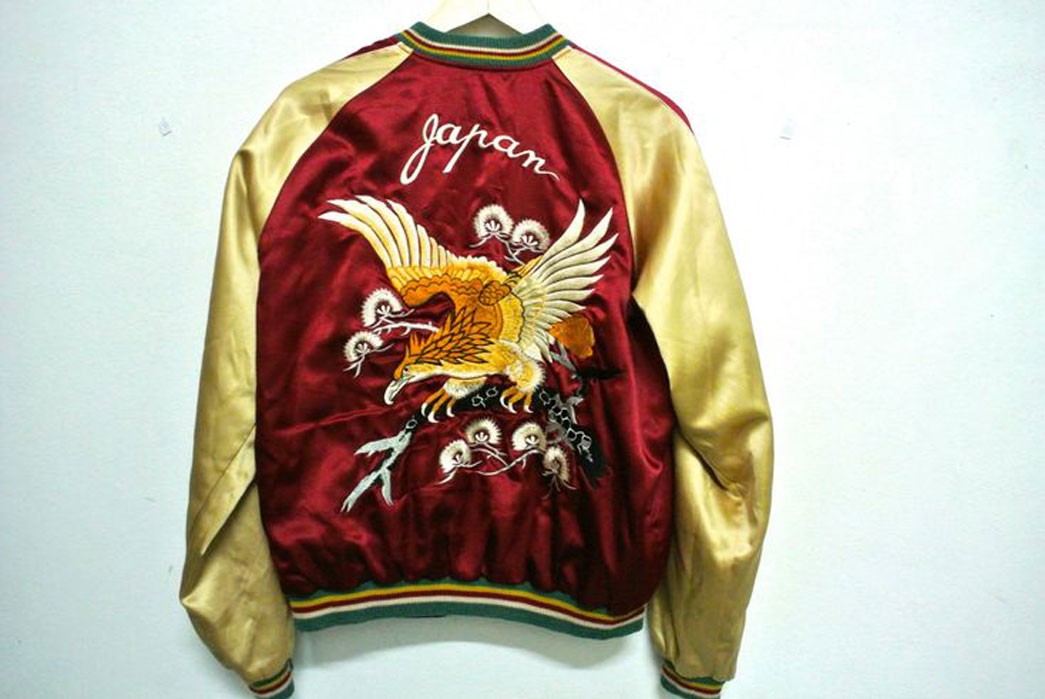- Heddels
- Posts
- Dec 10 - History of Flannel - Meermin
Dec 10 - History of Flannel - Meermin
Together with
All About Flannel – Winter Fabric from Wales
Your favorite fuzzy winter staple, flannel, has an intriguing past. We delve into the details behind this napped warm fabric.
John Bobey

This is the time of year when certain things are much more welcome than usual…a dissection of the cultural significance of Starbucks’ paper cups, special elections in Alabama, and all manner of cozy clothes made from flannel, a chilly day’s worst enemy. Be it a traditional plaid shirt, a classic gray suit, or some red-footed jammies, flannel is a fabric with a storied past, a fashionable present, and a bright future.
What is Flannel?

Iron Heart Ultra-Heavy Flannel (UHF)
People often get the terms plaid and flannel conflated. Paid is a pattern, flannel is a fabric (often jacquard woven in plaid).
The term “flannel” can be applied to any plain or twill woven fabric that is soft to the touch. Cotton, wool, and synthetics are the most common materials used to weave flannel. Fine materials like rayon and silk cannot be used to weave flannel, as they are not insulating or strong enough to be brushed. Either side of a flannel fabric can be brushed for a softer texture and feel, or left unbrushed.

Brushed (left) vs. unbrushed (right) flannel via Redcast Heritage
/ Together with Meermin /
Introducing the newest version of Meermin’s Wholecut Chelsea Boot, featuring Flex Goodyear welt construction on the comfortable Negon last.
Crafted from a single piece of leather and hand-blocked on the last to ensure a perfect fit. Also including the latest addition to our leather collection; the Waxy Calf from Prime Tannery—a thick, vegetable-retanned calf leather that ages beautifully and becomes more comfortable with each wear.
Equipped with a convenient double city lug outsole, this boot is built to handle whatever comes your way. Embrace style, durability, and comfort with the latest version of their popular Wholecut Chelsea Boot.
A Brief History of Flannel
The Welsh Wellspring
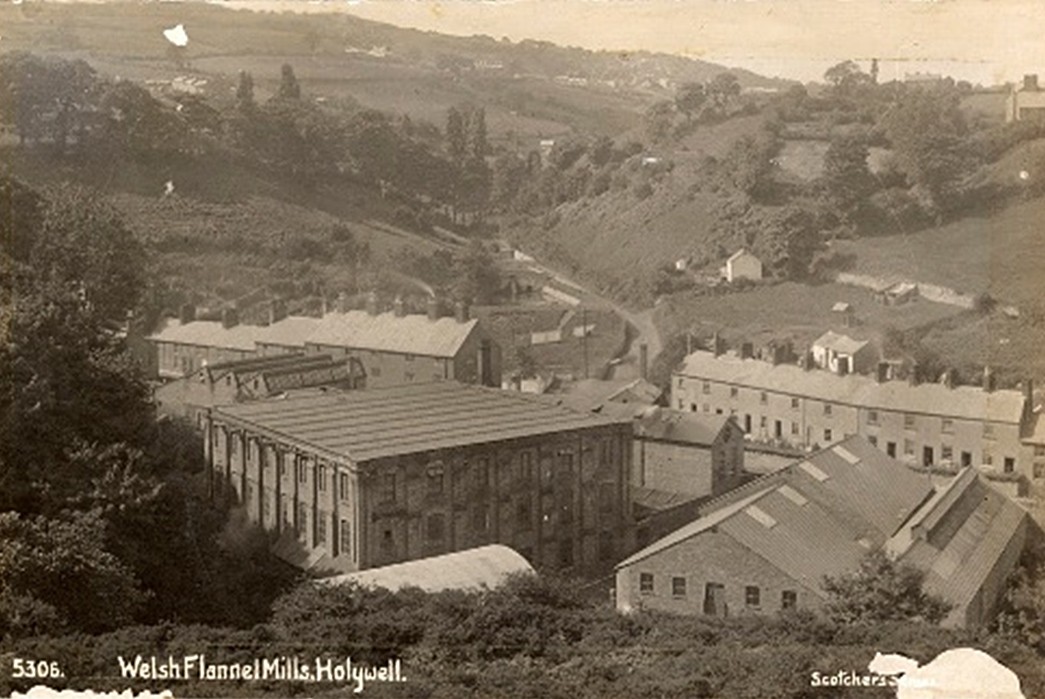
Late 19th-century Welsh flannel mills. Image via Holywell.
In the sixteenth and seventeenth centuries, it was the Welsh who first started weaving flannel from wool, as their wet, windy weather and abundance of sheep made the marriage a no-brainer. But rather than just weaving wool as it had been done for centuries, the earliest Welsh weavers used worsted yarns and then napped the finished fabric on one or both sides, giving it the fuzzy texture that was as appreciated for its softness and warmth then as it is today.
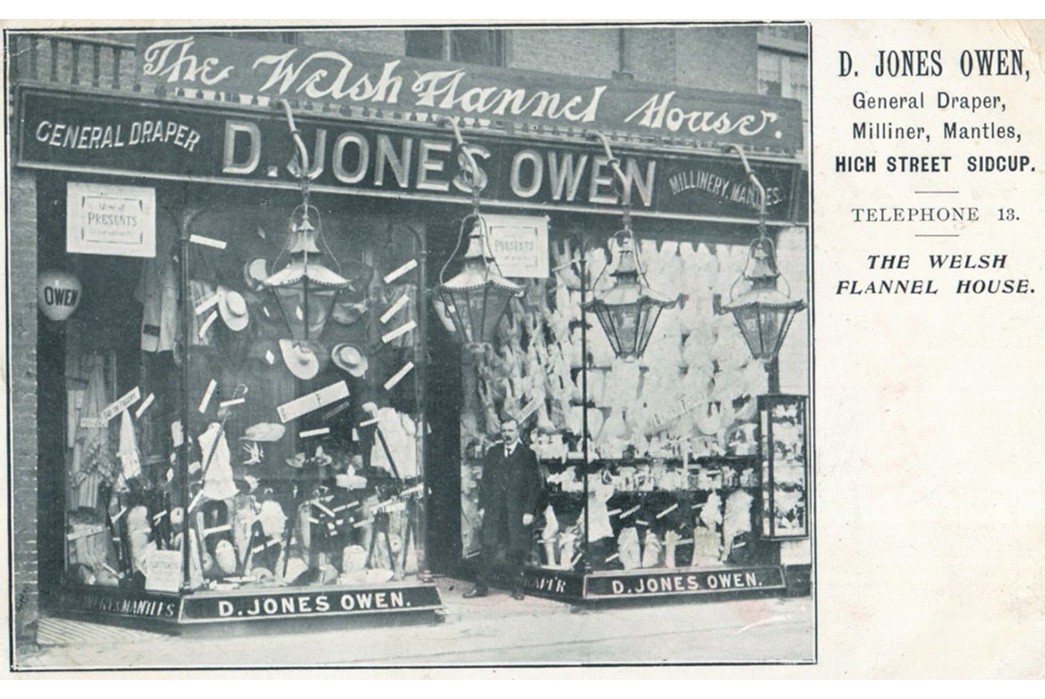
Early 20th-century Welsh flannel shop. Image via Pinterest.
And while Wales and Scotland have always been known for their plaids, not all plaids are flannel, just as not all flannel is plaid. No one’s entirely sure where the name came from —historically, the French called it flanelle, and the Germans, Flanell.
Flannel as Workwear

A civil war-era flannel undershirt, via American Civil War Museum
No matter what they called it, Europe would have this simple, sturdy fabric all to itself until the American Civil War, when it was imported as an inexpensive, sturdy material for soldiers’ basic coats and undershirts. While this established flannel as a working man’s fabric, the credit for its surge in popularity goes to Hamilton “Ham” Carhartt.

Early 1900s Carhartt fabric sample flyer featuring flannel fabrics (top right and below top right) via Vintage Workwear and a 1940s Pendleton wool flannel shirt advert from the 1940s via Gentleman’s Gazette.
In the late 1800s, Hamilton Carhartt (yes, that Carhartt—read more about the history of the brand) saw an opportunity to reinvent the workingman’s “uniform”. The Industrial Revolution had given Britain mechanized “carding” machines, making the production of flannel faster and easier. Carhartt rightly understood that laborers and the men building the railroads would need clothes suited to the task, and he knew flannel was the right fabric for the job.
Before long, workwear producers across the USA were producing workwear garments from flannel, from shirts to union suits, hats, and even jackets. Pendleton introduced men’s flannel shirting in 1924 and saw incredible success that continues to this day. Everyone from frontiersmen to lumberjacks to even WWI soldiers found flannel on their backs (and backsides) and liked it. Wool and cotton flannel were popular materials on baseball uniforms for large parts of the 20th century.

Early-to-mid 20th-century baseball jerseys via Worthpoint.
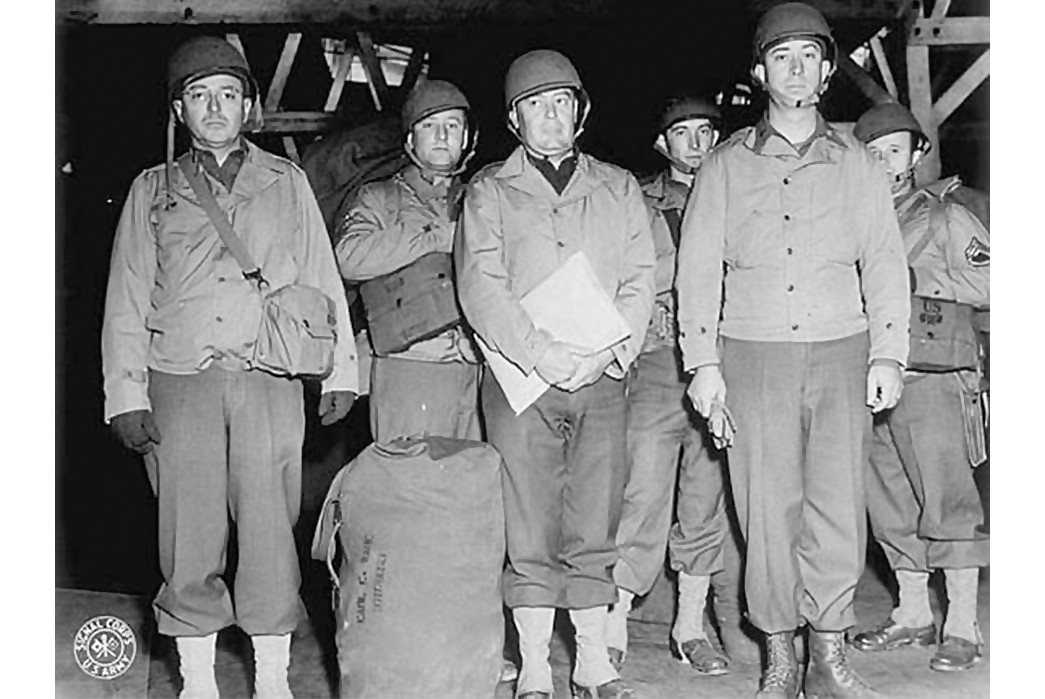
Parson’s ODM41 Field Jacket in Flannel. Image via Library of Congress.
The Grey Flannel Suit Emerges
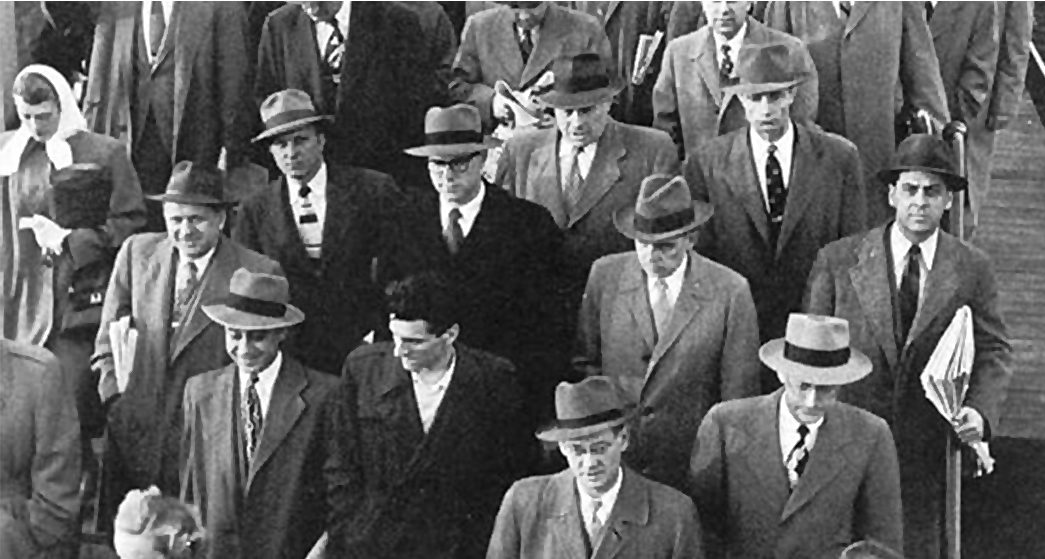
The men in the grey flannel suits. Image via Life.
By the 1950s, another breed of worker, the “businessman” would embrace a more refined version of the material, popularizing the iconic, “man in the gray flannel suit”. It was substantial, held a crease beautifully, and reeked of stature and responsibility. From that point forward, flannel has been welcome in both the sawmill and boardroom alike, and these days it’s come to hold a place as perhaps the ultimate in casual wear.

The flannel of Nirvana and frontman Kurt Cobain. Image via Rolling Stone.
Flannel Today
As textile technology has progressed, a “flannel” feeling fabric can be made from things other than wool…cotton, blends, recycled soda bottles…so you can find flannel examples from across the cost and style spectrum.
All your major outdoor outfitters, from American Eagle to L.L.Bean to REI, will sell you all the entry-level flannel you can stand, but we like to aim a bit higher, so below are some of my favorite flannel offerings from the best of the best (make that mostly the “best of the East” — Japan does flannel as well as they do denim).
Available from $345 at Iron Heart.
Available for $169 from Manready Mercantile.
Available for $240 from Iron Shop Provisions.
Available for $351 from Lost & Found.
Available for $295 from Franklin & Poe.
Available for $125 from Stag Provisions.
Like this? Read these:
What did you think of today's newsletter? |








